Superbugs beware: There's a new weapon in town to fight bacteria
Updated: 2016-10-12 11:11
By Chris Davis(China Daily USA)
|
||||||||
It's been four years since the director-general of the World Health Organization, Margaret Chan, warned about the looming "post antibiotic era", calling it, in effect, "an end to modern medicine".
"Things as common as strep throat or a child's scratched knee could once again kill," she said. "Doctors facing patients will have to say: 'I'm sorry, there's nothing I can do for you.'"
The reason is superbugs - disease-causing bacteria that used to succumb to antibiotics but have been mutating and evolving their own resistance to all 150-plus drugs, and they're doing it faster than new drugs can be discovered.
Forms of typhoid in Africa and tuberculosis in more than 100 countries are unaffected by any known medicines. Bacteria that cause wound infections, meningitis and pneumonia are also starting to show indifference to antibiotics.
Superbugs already kill 700,000 people a year, and studies suggest the number could rise to 10 million over the next 30 years.
That's why a paper just published in Nature Microbiology from a research team at the University of Melbourne (Australia) is causing such a stir in the medical world. They may have found a new way to destroy drug-resistant superbugs without antibiotics.
The team is led by 25-year-old PhD candidate Shu Lam, and the antimicrobial agents they've discovered - well, built, actually - are called "Structurally Nano-engineered Antimicrobial Peptide Polymers", or SNAPPs.
Lam has been assembling the SNAPP molecules at Melbourne's school of engineering. Each one of the star-shaped molecules has 16 or 32 polymer "arms" with each arm connected at the molecule's core.
"It's basically like playing with Lego," she told vice.com, "you have small building blocks which you assemble together, you link all of the protein units together to make a long chain.
"It kills bacteria in multiple ways," she added. "We designed it to break the cell wall apart but we also found it can trigger the cell to kill itself."
Antibiotics work by basically poisoning bacteria and can wreak havoc on surrounding healthy cells, but the SNAPP approach directly attacks and rips apart the bacteria's cell wall.
And because of its size - about 10 nanometers in diameter - it's too large to enter or do any damage to healthy cells.
In the lab, Lam and her team successfully knocked out six different superbugs and one infection in mice.
The other promising aspect of SNAPP is that bacteria do not seem to be interested in mutating and evolving to overcome the assault.
"[SNAPPs] actually still kill them after the 600th generation of mutation," Lam's supervisor Professor Greg Qiao said.
Lam, who is the daughter of a doctor, said her team's expertise was in chemistry, and "we know chemistry can make cool and useful materials".
"Currently we are looking at bacterial infections," she said. "Our results have shown that we can kill one group of bacteria, but there are many different types of bacteria, so we are looking at whether we can expand our system."
Qiao said Lam's project is one of the biggest scientific breakthroughs he has seen in his 20 years at the university, the Telegraph reports, adding that scientists are saying it "could change the face of modern medicine".
And like Lam he cautions that it is all still in the very early stages and it will be five years before anything to test on humans could be ready, unless, millions of dollars of investment come pouring in to hurry the process along.
"What we have discovered is quite different from antibiotics," Lam said, adding that she hoped pharmaceutical companies take note. "We still have a long way to go."
Contact the writer at chrisdavis@chinadailyusa.com.
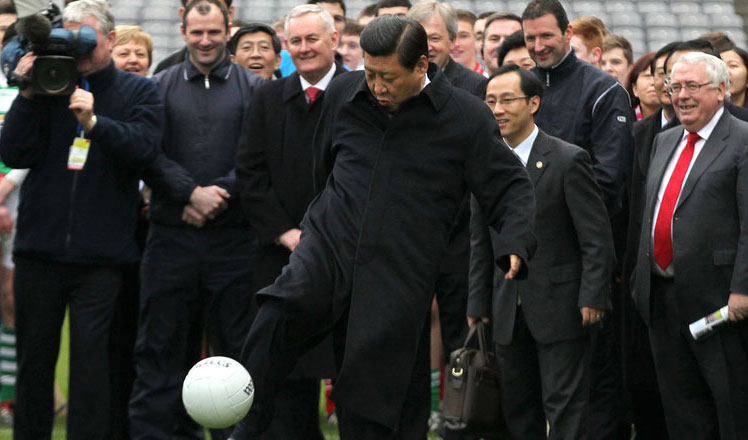
 Take a glimpse into soccer-related gifts of Xi
Take a glimpse into soccer-related gifts of Xi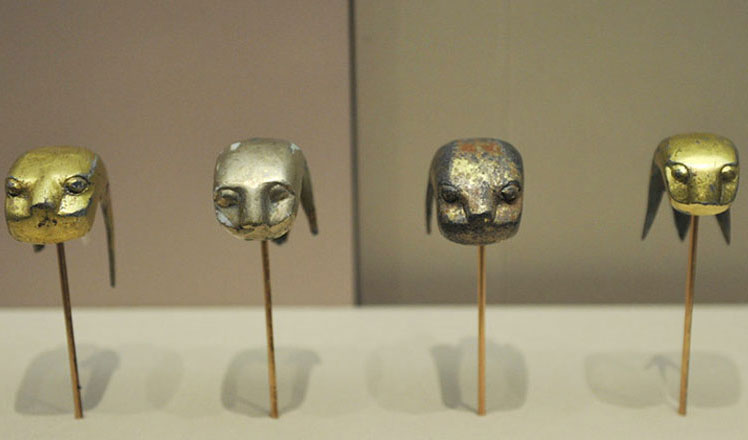
 Precious relics of debauched king on display in Jiangxi
Precious relics of debauched king on display in Jiangxi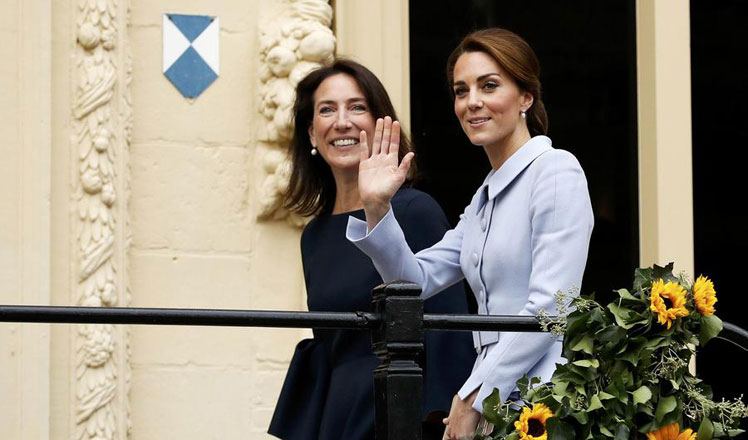
 In pics: Britain's Kate visits the Netherlands
In pics: Britain's Kate visits the Netherlands
 Qizai, rare brown giant panda in China
Qizai, rare brown giant panda in China
 Everything you always want to know about Macao
Everything you always want to know about Macao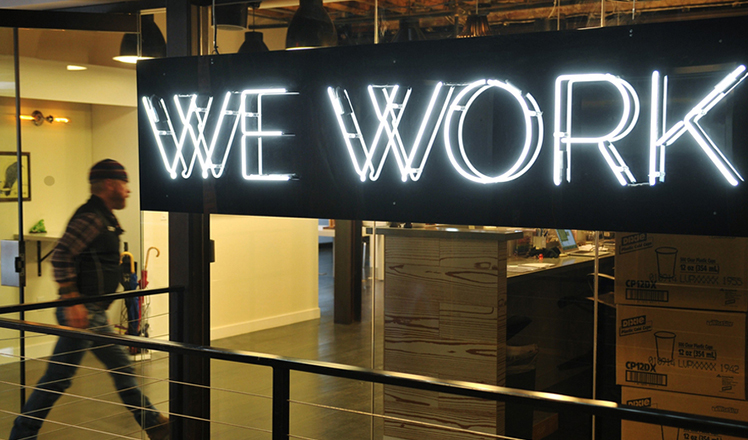
 World's top 10 most valuable unicorn companies
World's top 10 most valuable unicorn companies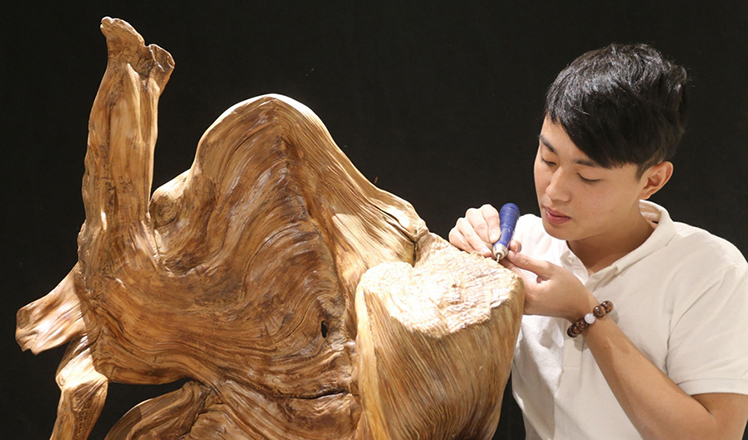
 Carver finds fame, money in wood sculptures
Carver finds fame, money in wood sculptures
 Missile destroyer to become local military-themed park
Missile destroyer to become local military-themed park
Most Viewed
Editor's Picks

|

|

|

|

|

|
Today's Top News
Trump outlines anti-terror plan, proposing extreme vetting for immigrants
Phelps puts spotlight on cupping
US launches airstrikes against IS targets in Libya's Sirte
Ministry slams US-Korean THAAD deployment
Two police officers shot at protest in Dallas
Abe's blame game reveals his policies failing to get results
Ending wildlife trafficking must be policy priority in Asia
Effects of supply-side reform take time to be seen
US Weekly

|

|








